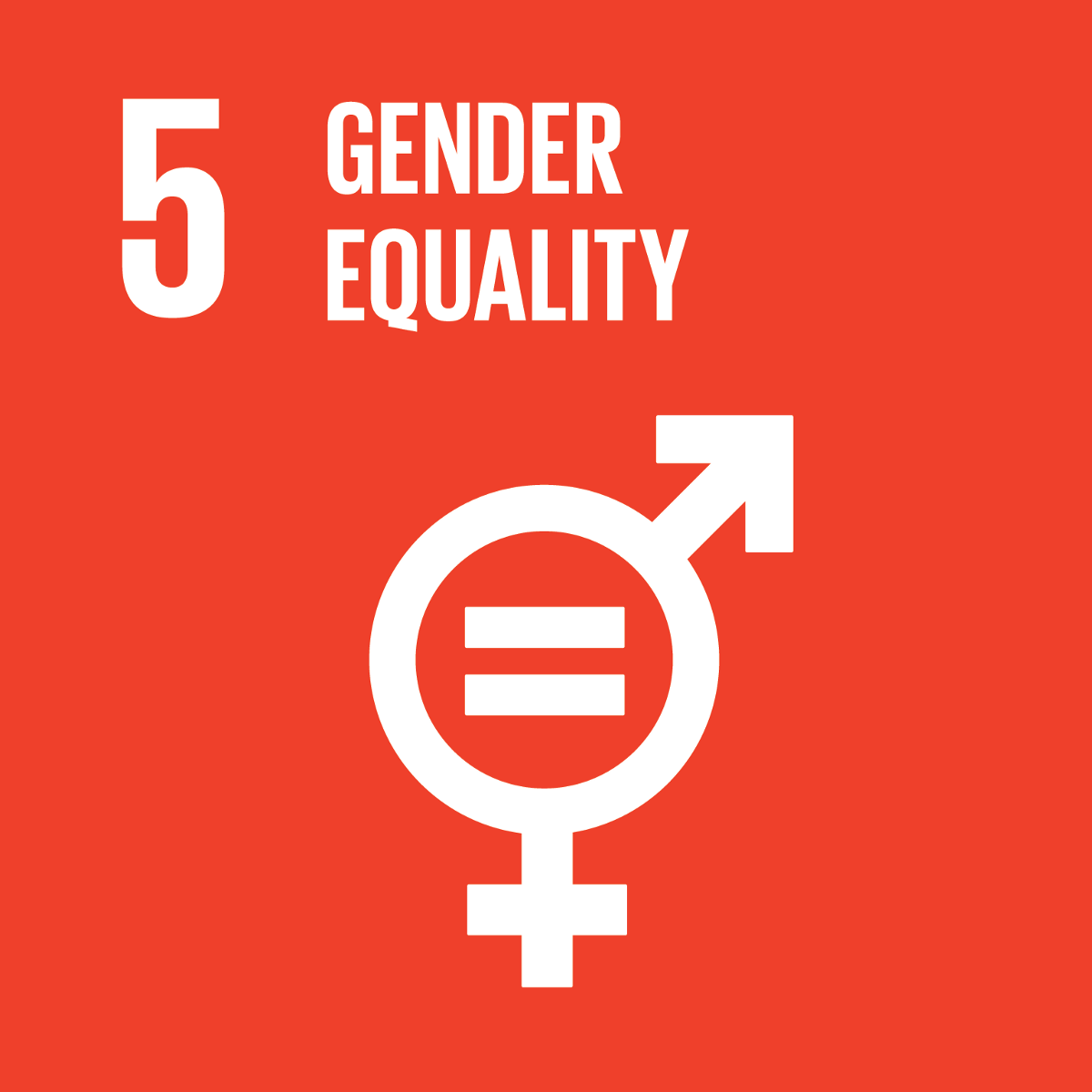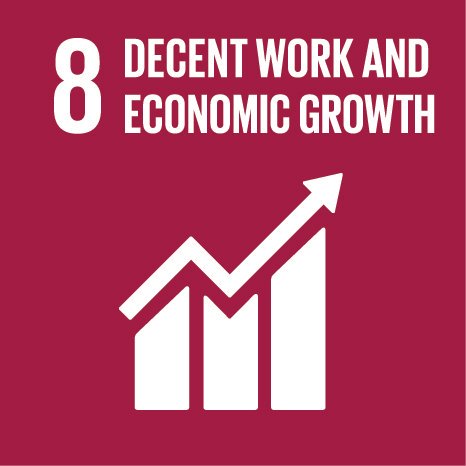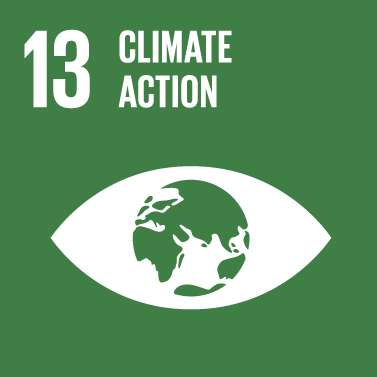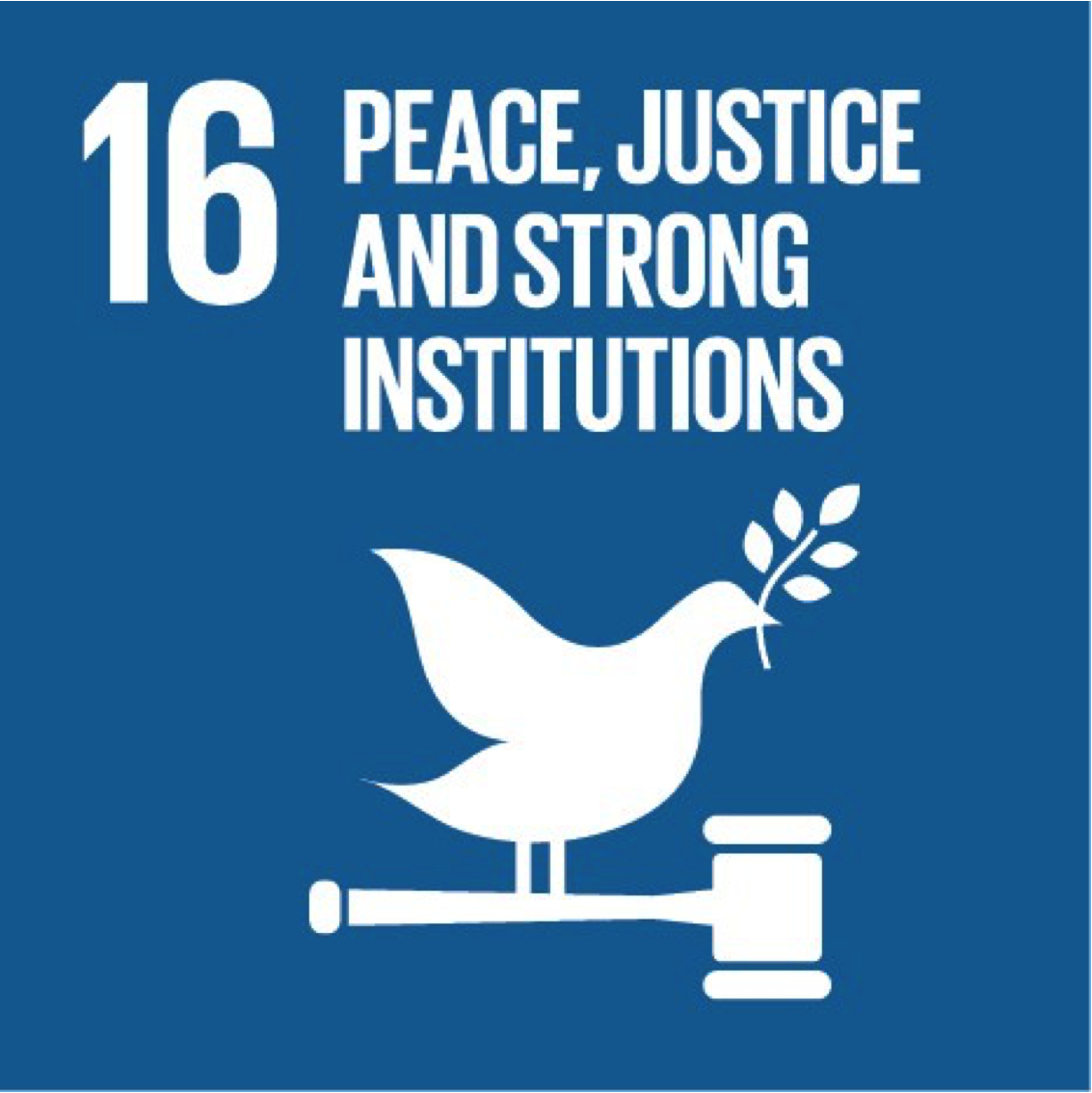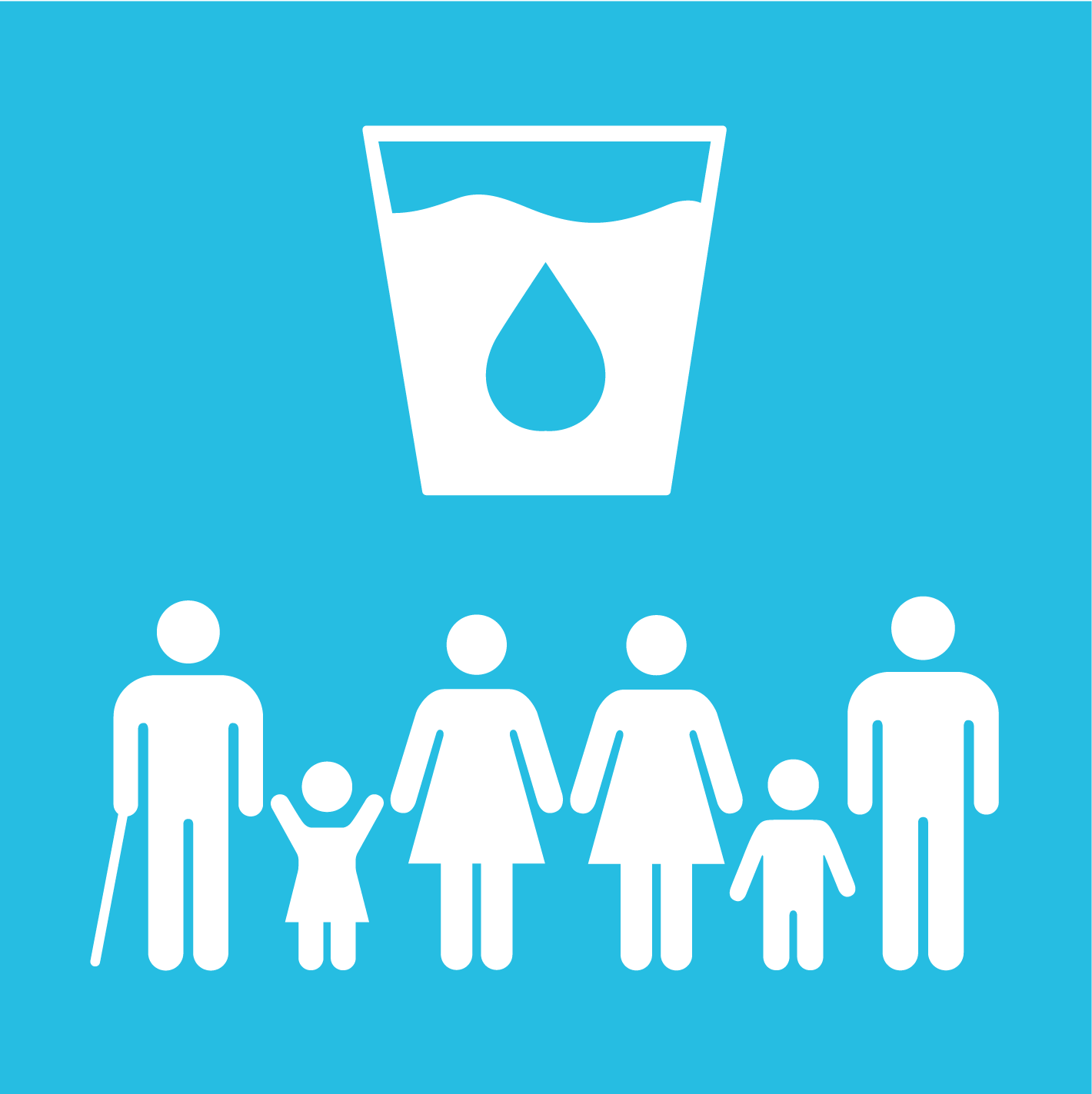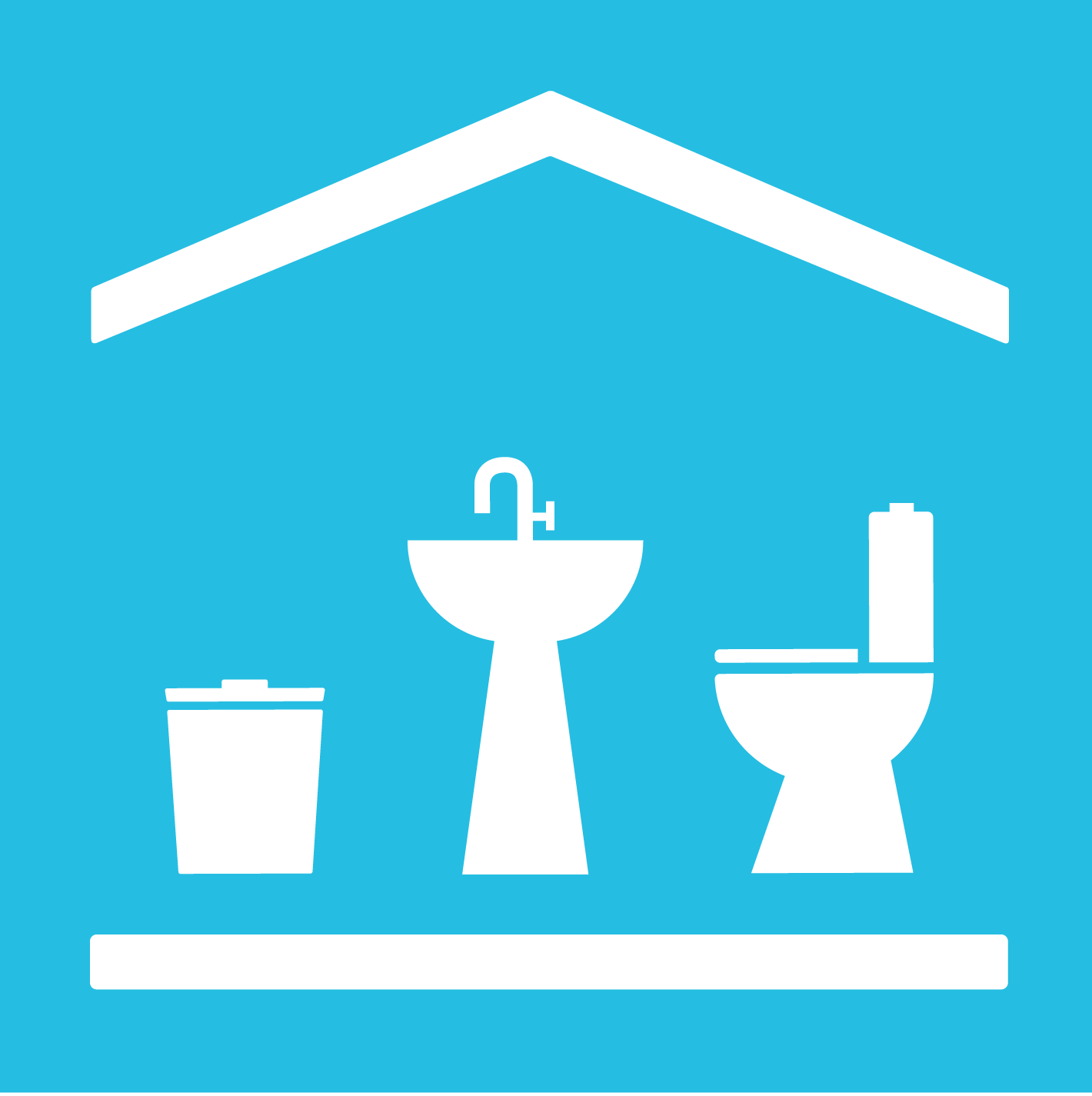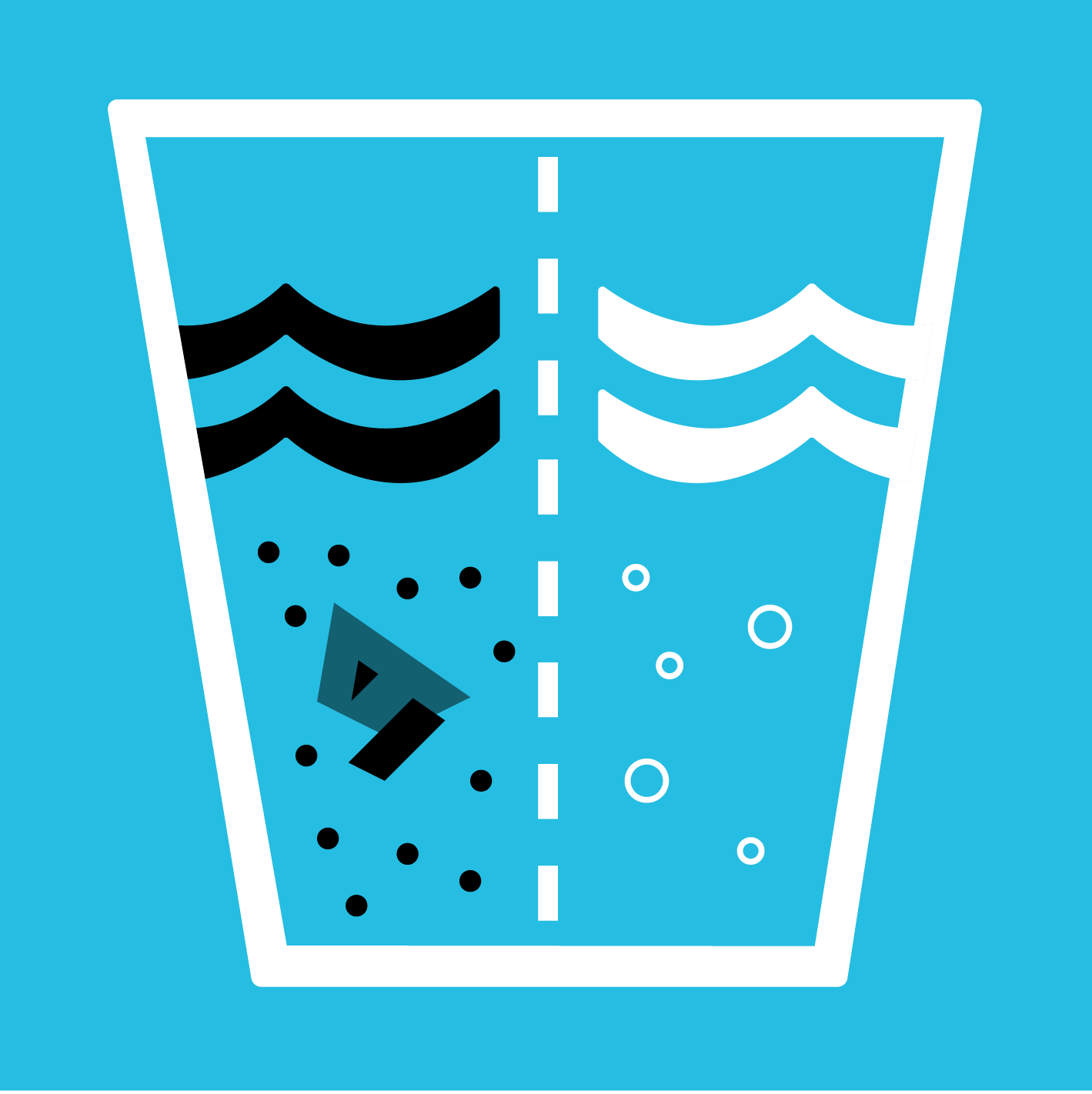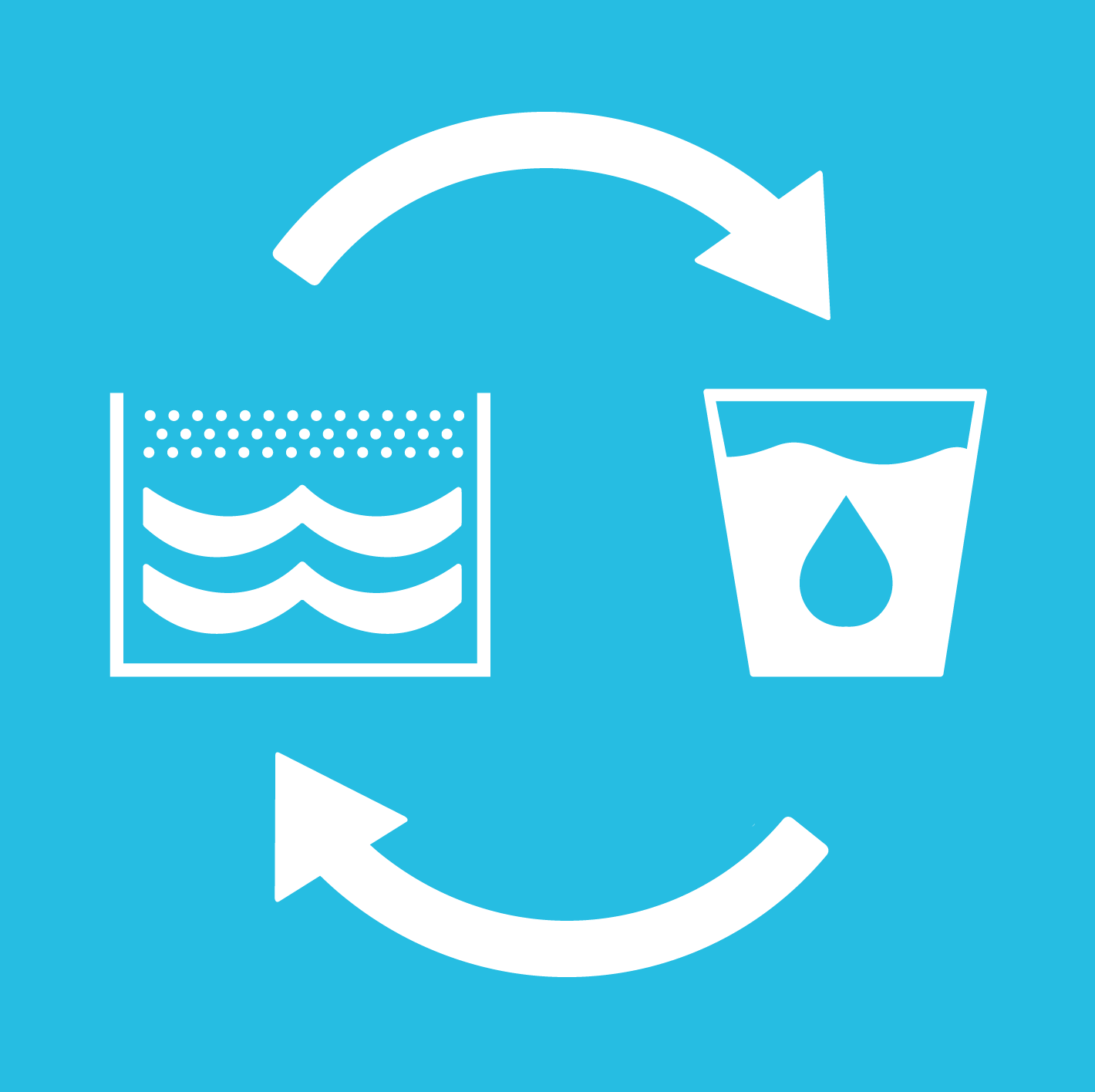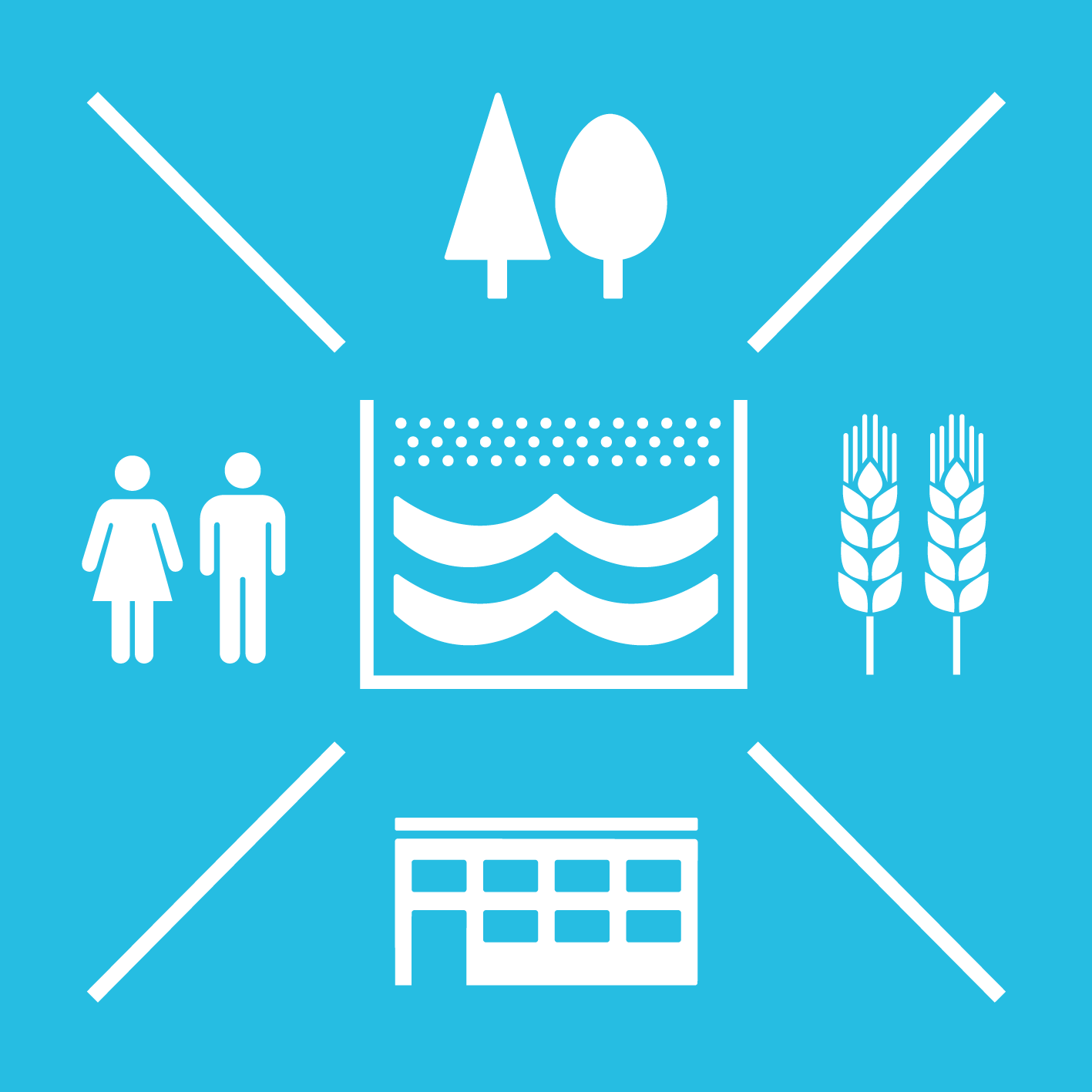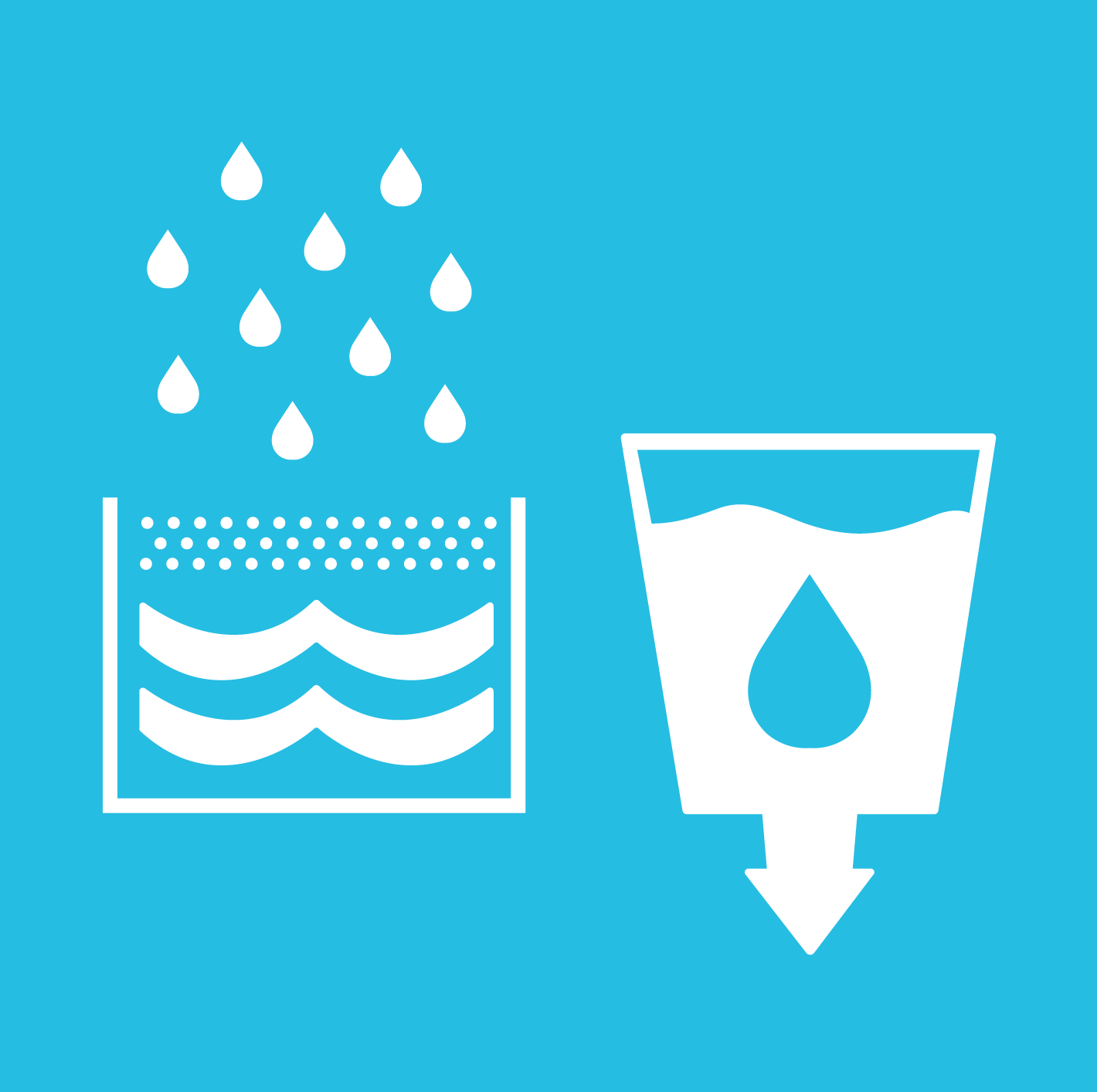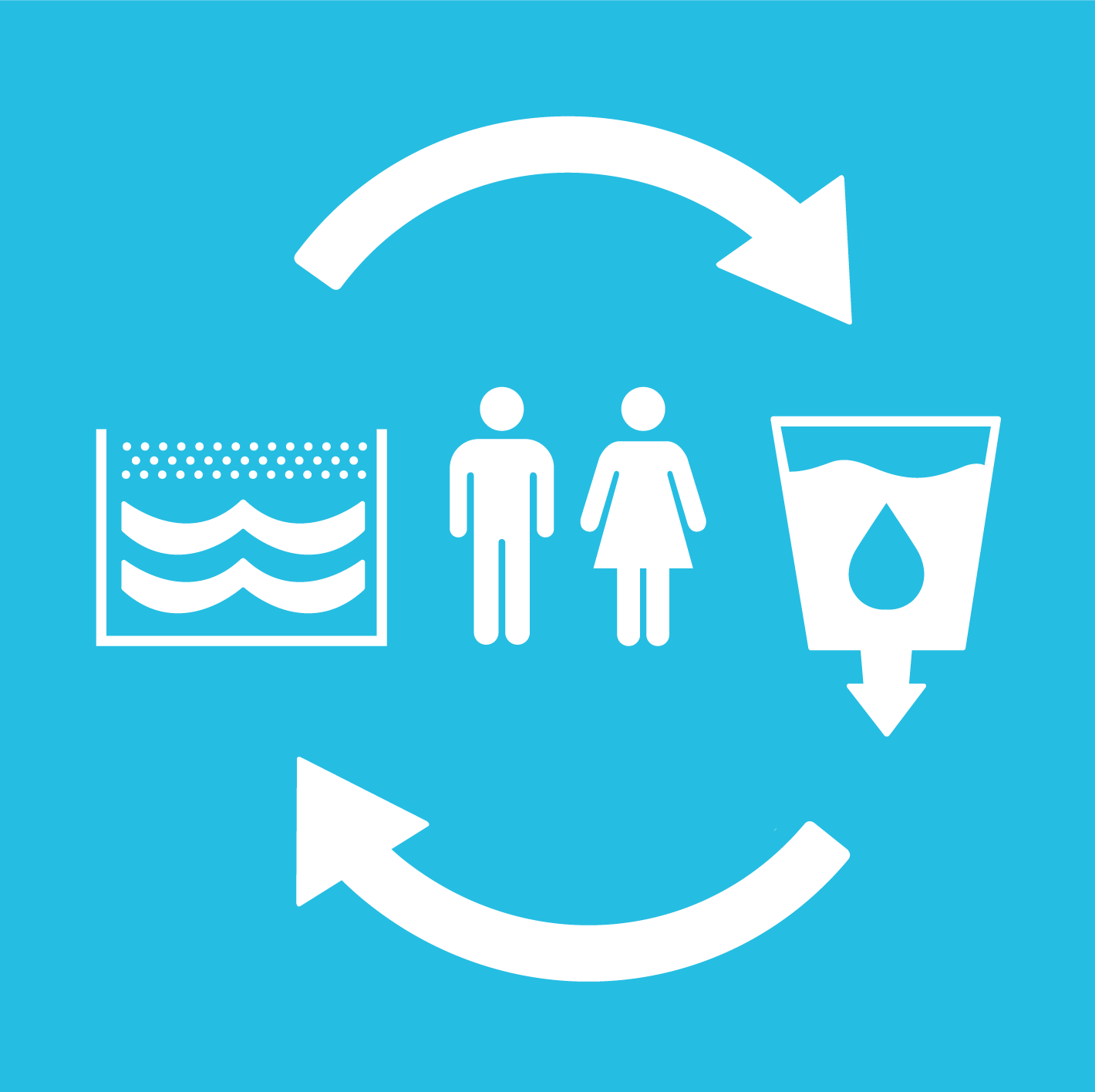6.1.1 Proportion of population using safely managed drinking water services
6.2.1 Proportion of population using (a) safely managed sanitation services and (b) a hand-washing facility with soap and water
-
6.2.1a Proportion of population using safely managed sanitation services
-
6.2.1b Proportion of population with hand washing facility with soap and water available at home
-
6.2.1c Removal of excreta for treatment off-site
-
Removal of excreta for treatment off-site, by education of household head
-
Removal of excreta for treatment off-site, by wealth index quintile
6.3.1 Proportion of domestic and industrial wastewater flows safely treated
6.4.1 Change in water-use efficiency over time
6.5.1 Degree of integrated water resources management
6.6.1 Change in the extent of water-related ecosystems over time
6.a.1 Amount of water- and sanitation-related official development assistance that is part of a government-coordinated spending plan
6.b.1 Proportion of local administrative units with established and operational policies and procedures for participation of local communities in water and sanitation management
-
6.b.1a Level of participation of service users / communities in rural drinking water planning programs
-
6.b.1b Level of defined procedures in law and policy for participation of service users / communities in the rural drinking water planning program
-
6.b.1c Level of participation of users / communities in water resource planning and management programs
-
6.b.1d Level of defined procedures in law and policy for participation of service users / communities in water resource planning and management
6.5.2 Proportion of transboundary basin area with an operational arrangement for water cooperation
6.4.2 Level of water stress: freshwater withdrawal as a proportion of available freshwater resources
6.3.2 Proportion of bodies of water with good ambient water quality


